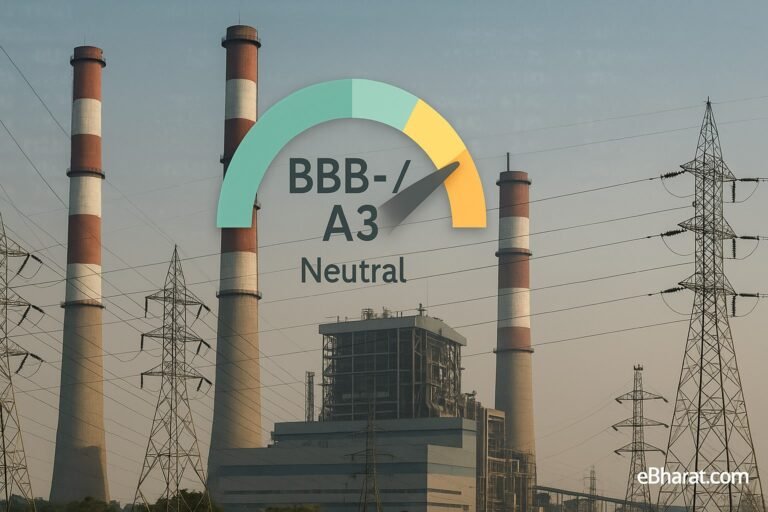
New Delhi | 10-Oct-2025, 12:40 IST — Nayara Energy is receiving targeted support from Indian authorities to keep its 400,000 bpd Vadinar refinery operating after European Union sanctions disrupted exports, payments and shipping access, according to multiple reports and officials familiar with the matter. Measures include logistics facilitation for coastal movements and efforts to secure banking rails for domestic transactions as the refiner redirects more fuel to the home market.
What changed after the EU action
The EU’s July sanctions citing Nayara’s Russian ownership links curtailed access to some export markets, financing channels and shipping capacity. As a result, the company trimmed crude runs to about 70–80%—down from near full-tilt earlier this year—while ramping up deliveries within India via rail, road and approved coastal routes. India has allowed certain coastal shipping clearances to keep domestic supply steady even as overseas payments remain constrained.
Payments workarounds and public-sector plumbing
With several lenders reluctant to process transactions, the government explored routing some payments through state-run UCO Bank. UCO received approval to facilitate trade payments, though one planned dollar route hit a snag when a UAE partner declined to process Nayara-linked deals. For now, local rupee payments continue, helping stabilize cash flows for domestic sales.
Shifting barrels to the home market
To maintain throughput, Nayara has increased supplies to Hindustan Petroleum (HPCL), which needs extra volumes during a planned outage at its Bathinda refinery. Other state refiners are largely self-sufficient, so HPCL’s demand has helped absorb product that would otherwise have been exported. Analysts say this redirection reduces near-term pressure on Nayara’s run rates while cushioning India’s festive-season demand.
Sourcing parts and digital services
Sanctions complicate procurement of specialized equipment, catalysts and software, prompting Nayara to seek assistance from the oil ministry’s Centre for High Technology to source maintenance gear. Earlier, a suspension of certain cloud services had also forced workarounds, though services were restored following legal action, Reuters reported. These fixes are vital for keeping operations and planned turnarounds on track.
Why it matters
Nayara accounts for roughly 8% of India’s refined product output and operates more than 6,600 retail outlets nationwide. Prolonged disruption at Vadinar would ripple through regional fuel balances and coastal supply chains. The government’s stance reflects India’s energy-security pragmatism: ensuring domestic supply continuity while navigating diplomatic sensitivities around Western sanctions regimes.
The balancing act—and risks
Even with logistical and payment support, risks persist. Reliance on non-traditional shipping and complex payment channels can draw scrutiny, while any delays in securing maintenance inputs could affect unit reliability. Meanwhile, some Indian banks and ports have tightened their own risk thresholds, creating a patchwork of permissions that Nayara must navigate daily.
What to watch next
- Formalised payment rails: Whether UCO Bank or another state lender operationalises a durable mechanism for domestic and select trade flows.
- Run-rate signals: Evidence that utilisation stabilises above the current 70–80% range.
- Maintenance logistics: Progress in sourcing sanctioned parts and catalysts without extended downtime.
- Shipping permissions: Continued coastal approvals that keep inland markets supplied.
With administrative relief on logistics and evolving payment workarounds, Nayara’s operations look supported but fragile. The coming weeks will hinge on how quickly durable banking and supply solutions are locked in—key to sustaining runs at one of India’s most important refineries.













